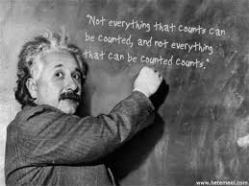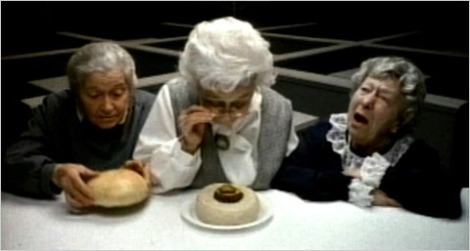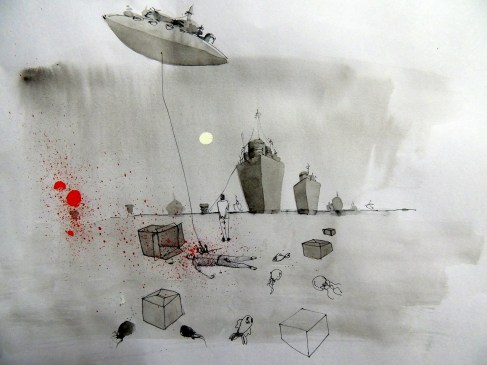“Life is a reflection of intent”- Jonathan Lockwood Huie
The Economic Times ‘Brand Equity’ featured a piece on what Tarun Chauhan of JWT Mumbai had to say about fame, popularity and the importance of intent in the world of marketing. With the proclamation of a brand’s intent comes its purpose, USP and pitch- all in one. What the brand seeks to be to its audience can be read easily through the advertising campaigns that they propagate. Being famous isn’t the same as being popular. While popularity hauls in high brand recall and low equity, fame lasts longer and garners equity and respect.
Plenty of ads are made with the weak intent of ‘going viral’ or trending and do not make an impact on the big picture. They remain merely “good looking ads” and fail when it comes to brand building. According to Chauhan, “commitment solutions” should be preferred over “creative solutions”; long term solutions that can deliver on the promise of retaining customer patronage over the years.









